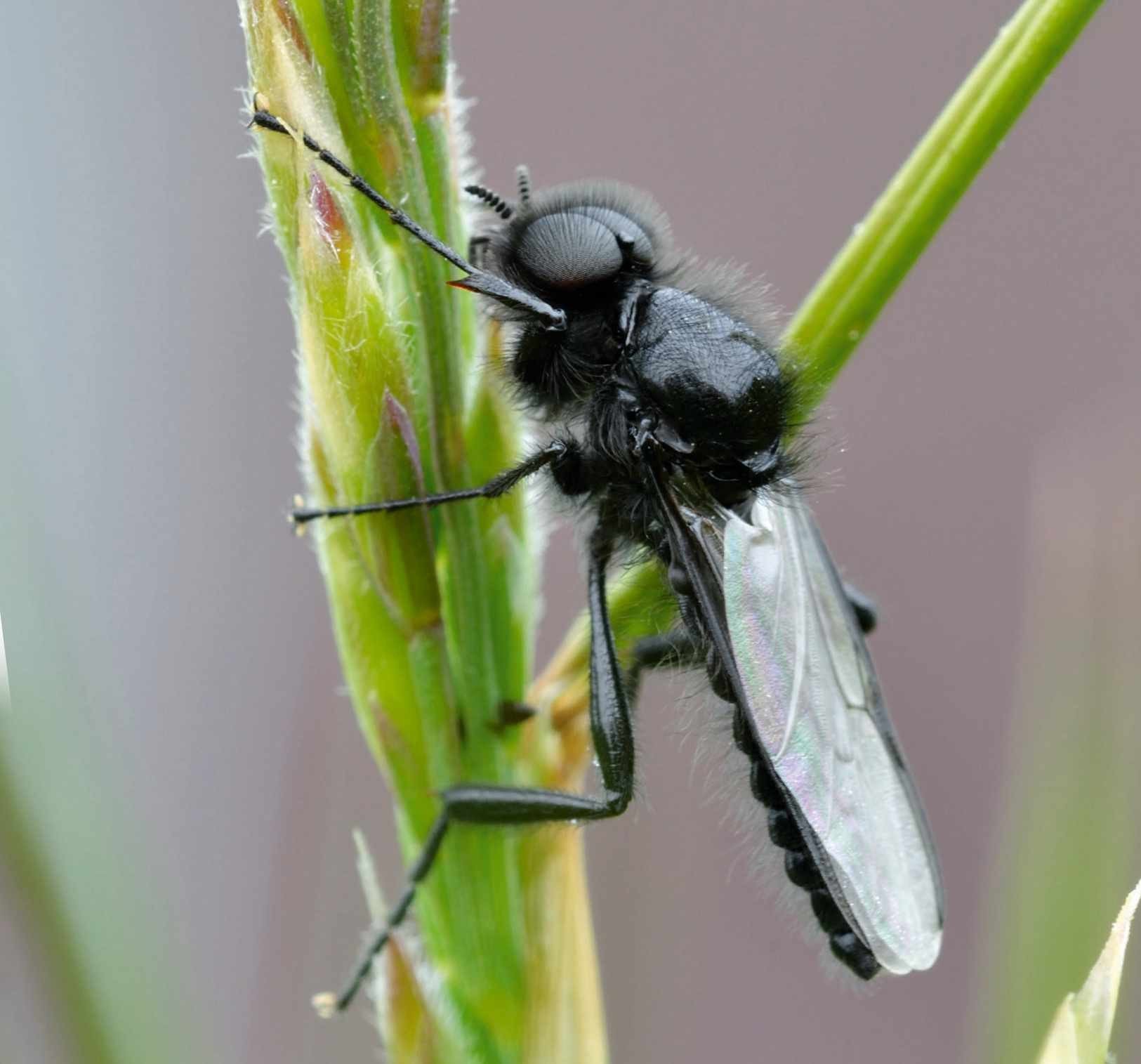The St Mark’s fly adult stage doesn’t last long

SWARMS OF HAIRY BLACK FLIES WITH dangly back legs are a feature of warm spring days, especially over wetlands, along country lanes and hedgerows, and in woodland glades. These are St Mark’s flies, named for their emergence on or around St Mark’s Day (25 April), although our changing climate is weakening this traditional link by helping them appear earlier. Another of their names is ‘hawthorn fly’, which honours their fondness for the nectar of hawthorn blossom, also hard to avoid at this time of year.
As is often the case in the fly world, adult St Mark’s flies survive barely a week, after feeding on decaying vegetation as maggots. The black clouds consist mostly of males, waiting for their chance to mate with emerging female flies. Though the swarms are short-lived, they provide valuable food for freshly arrived migratory birds, enabling them to refuel after their long journeys.